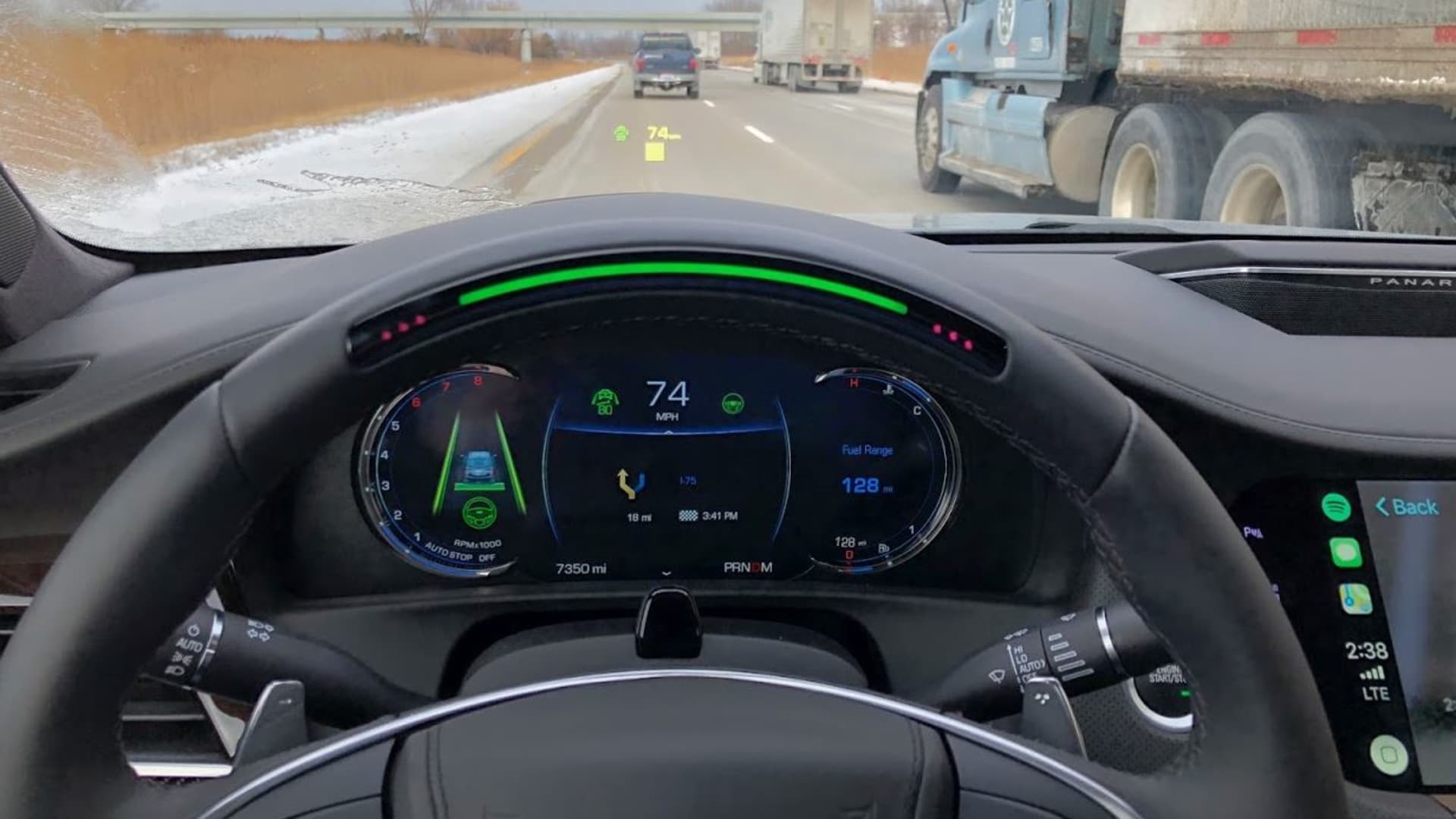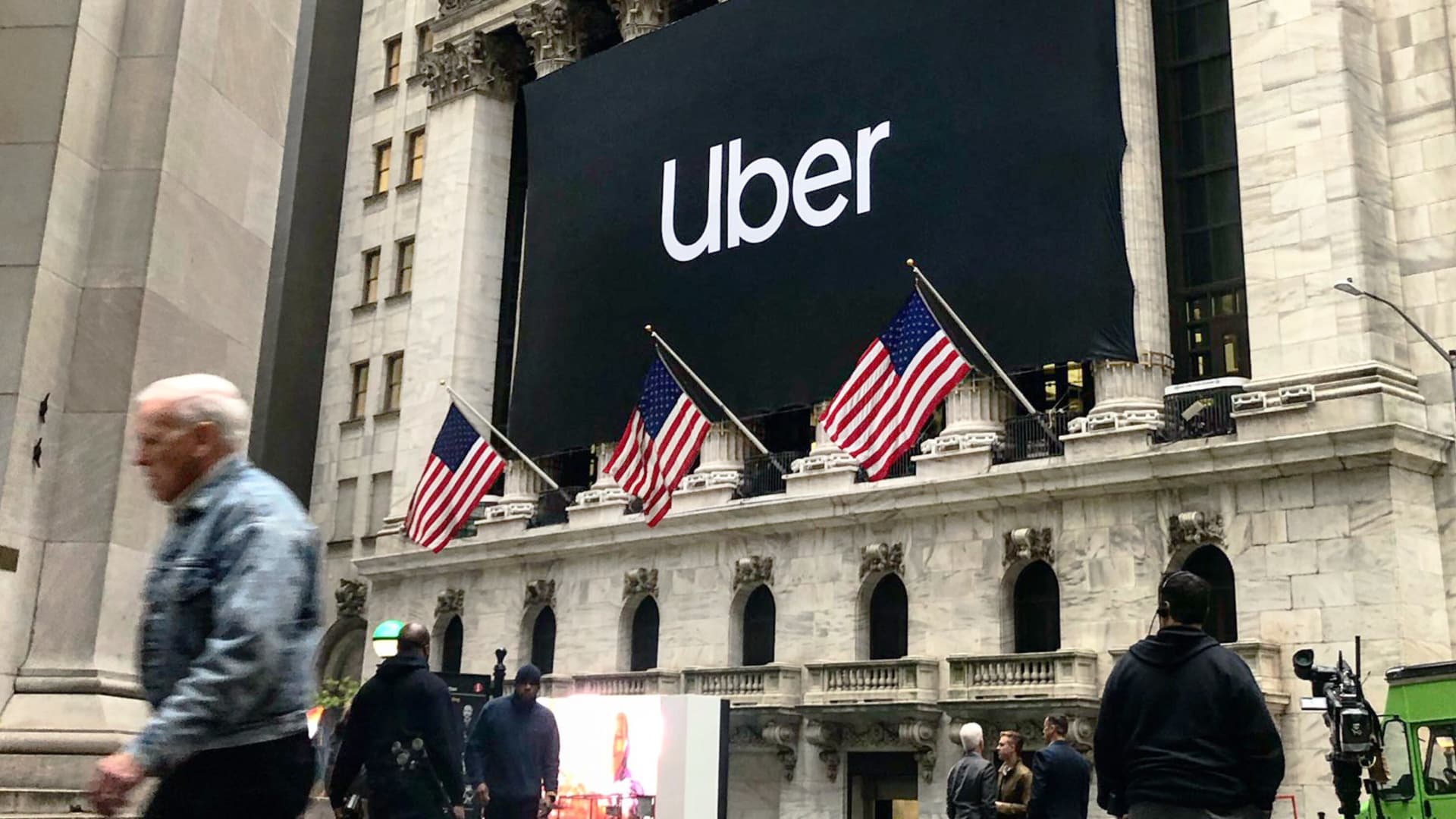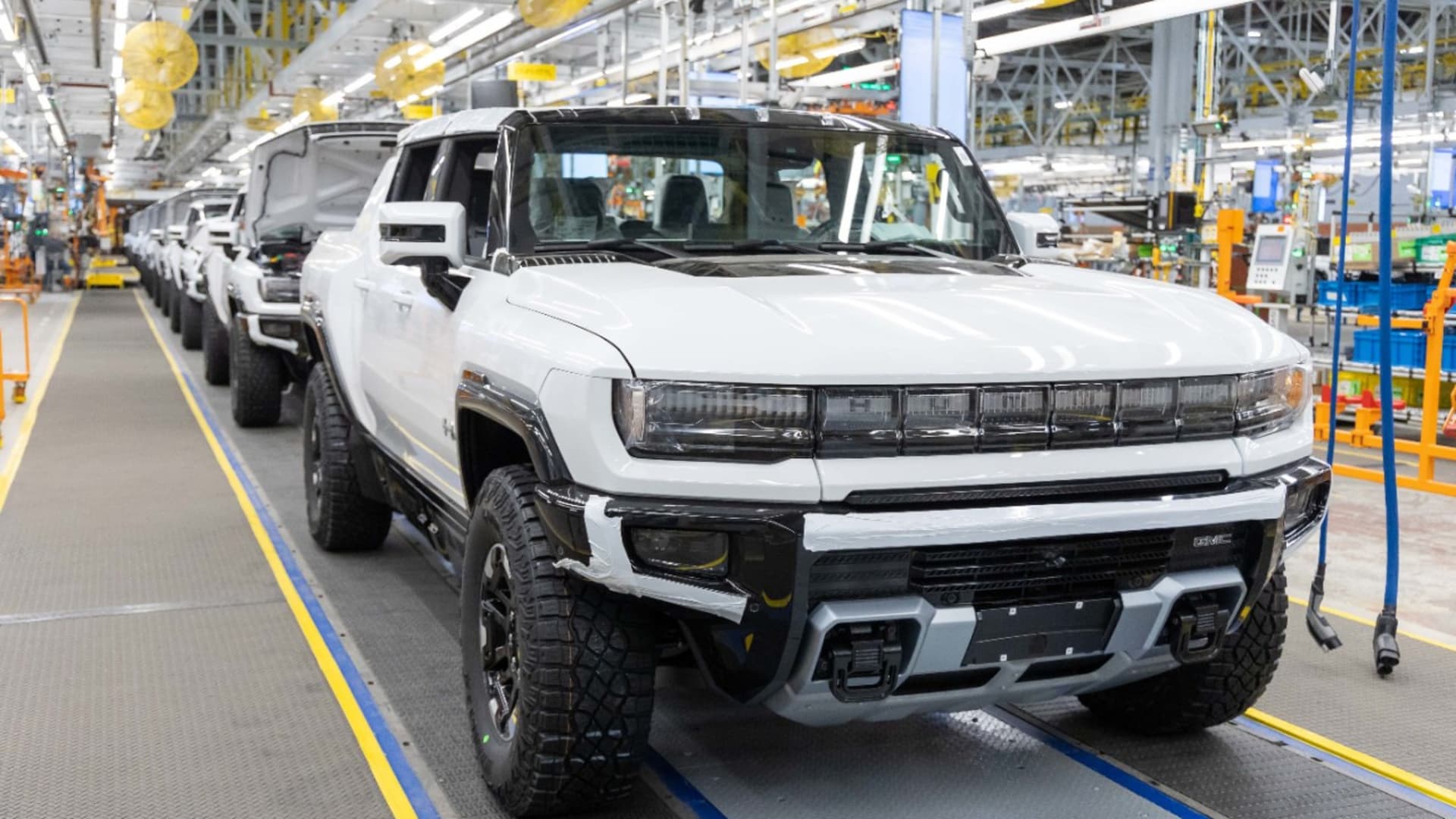GM to expand its hands-free Super Cruise system to span 400,000 miles, including Route 66 and the Pacific Coast Highway


DETROIT – General Motors is expanding its Super Cruise hands-free driving system in the U.S. and Canada later this year, introducing the feature for non-interstate roadways and highways such as Route 66 and the Pacific Coast Highway.
With the additional roadways, the driver-assistance system will be usable across more than 400,000 miles of U.S. and Canadian roads, up from about 200,000 miles of strictly divided highway interstates.
“These are the main roads that connect the smaller cities and the townships across the U.S. and Canada,” David Craig, GM’s mapping specialist, said during a media briefing. “This is expanding Super Cruise’s availability to many, many millions more customers.”
Super Cruise uses a system of sensors and cameras to control steering, braking and acceleration functions of the car without the driver’s input. It also utilizes high-definition maps; a light bar to communicate with the driver; and an in-vehicle monitoring system to ensure drivers remain attentive while Super Cruise is operating.
The feature, even with the update, won’t make turns on behalf of the driver or operate in cities, towns and residential streets, like some of Tesla’s driver-assist systems. Super Cruise will also hand control of the vehicle back to drivers if they are approaching an intersection with a stop sign or traffic light.
Despite names like Super Cruise, or Tesla’s Autopilot and “Full Self-Driving” brands, these vehicles are not autonomous, or safe to use without a driver behind the wheel.
GM said the newest roadways for Super Cruise will be available via over-the-air, or remote, updates, beginning in the fourth quarter of this year for most of its eligible vehicles. GM will not charge for the update, however the optional add-on currently starts at $2,200 or $2,500, depending on the vehicle.
GM has slowly increased the availability and capabilities of Super Cruise since it was launched in 2017. It plans to offer Super Cruise on 23 models globally by the end of next year. It’s also announced a new system called “Ultra Cruise,” which GM has said will be capable of handling driving in 95% of scenarios.
GM’s premium tier may make the company more directly competitive with Elon Musk-led electric vehicle maker Tesla. Driver-assistance systems from Tesla include the standard Autopilot, and premium option marketed as Full Self-Driving (or FSD), as well as, FSD Beta that lets drivers test out features on public roads before they go into widespread use.
Driver-assistance systems have seen an increase in regulatory attention, specifically around accidents involving Tesla vehicles.
Mario Maiorana, GM chief engineer of Super Cruise, said the company is in routine communication with the National Highway Traffic Safety Administration about the rollout of the additional roadways.
“We’re not going to put it out until we’ve fully tested it,” Maiorana said, taking a slight jab at Tesla, which has been offering in-development “Beta” systems to some owners.
GM’s Super Cruise hasn’t received as much attention or scrutiny as Tesla’s systems, partly due to additional safeguards and the company’s more conservative approach. GM has also only sold roughly 40,000 vehicles with Super Cruise, while Tesla offers some form of its systems on every vehicle it offers.
As of the first week of July, NHTSA reported it had opened more than 30 probes since 2016 into collisions involving Tesla vehicles where driver-assistance systems like Autopilot were a suspected factor. The same report noted the federal vehicle watchdog was looking into two nonfatal incidents potentially involving Super Cruise.
Tesla crashes under investigation as of the July report have resulted in 16 fatalities of vehicle occupants or pedestrians, according to the agency.
Automakers are required by law to report fatal and other serious collisions involving driver-assistance systems to the NHTSA.
– CNBC’s Lora Kolodny contributed to this report.
This post has been syndicated from a third-party source. View the original article here.




